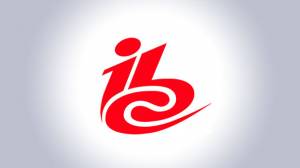The takeaway from IBC2013: SDI to IP, and multiformat delivery

When I meet folks on the show floor at IBC, the opening line is usually about the innovations: What have I seen that is going to change the way broadcasters operate?
The move from videotape to file-based operations happened years ago, but the move now is from industry-specific streaming formats to IP transport. Our industry has used SDI and AES to stream video and audio, but it has been acknowledged that commodity formats like IP over Ethernet offer potential cost-savings. However, the synchronous streaming of audio and video data needs something beyond straight IP.
Around the show floor, there was much evidence of shifts in the audio industry, with AVB much in evidence, as well as Ravenna and Dante. However the higher rates of video data mean that is going to take a little longer. The Video Services Forum (VSF) and SMPTE continue to work in this area on standards.
Pity about the stretch though. Just as 10Gb/s Ethernet looks like a good carrier, along comes UHD, with 4K at 50/60p busting the barriers. But for compressed video, 10Gb is just fine.
There was much evidence of all-IP video products around the show, but it is early days, and for typical broadcast systems, SDI is still a more cost-effective route to build infrastructure. Bit-by-bit over the next five years, the cost advantages will shift, and one day the XLR and BNC will become curiosities in a broadcast museum.
Moving from transport to the business requirements of broadcasting, the big buzz was all around multi-device delivery. Vendors were offering all manner of software to help broadcasters deliver programming live or on-demand to multiple network operators across all kinds of platforms.
Metadata becomes key to manage rights, advertising and the like across the mix of platforms. The devil is in the detail, and is where a profit on long-tail content could become a loss with an inappropriate software platform choice.
The professional video industry's #1 source for news, trends and product and tech information. Sign up below.
Many broadcasters have taken the option to outsource these complexities to specialist service providers rather than go through a possibly painful learning exercise that could present a financial risk to the business.
Buying a CG or a VTR was an easy decision. Today, outfitting a broadcast operation has become a very complex business. The shear choice offered at IBC just indicates how decision-making is not easy. I guess “trust your vendor” is a good place to start.
